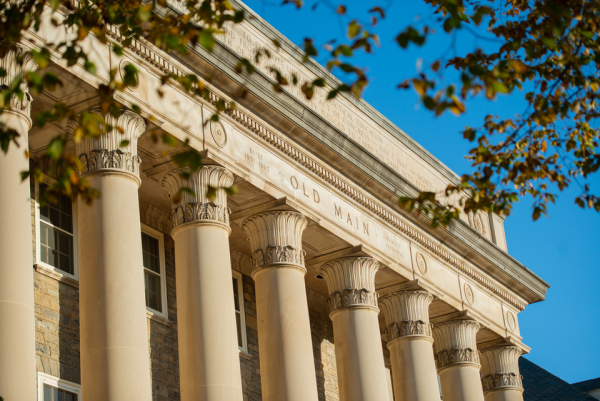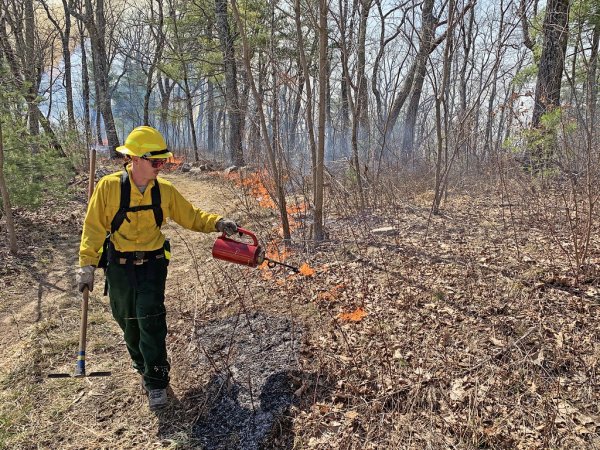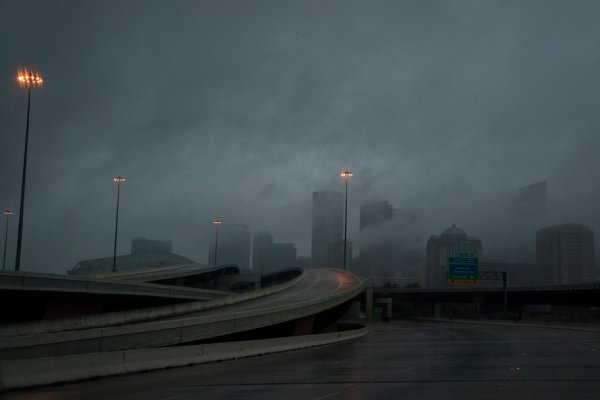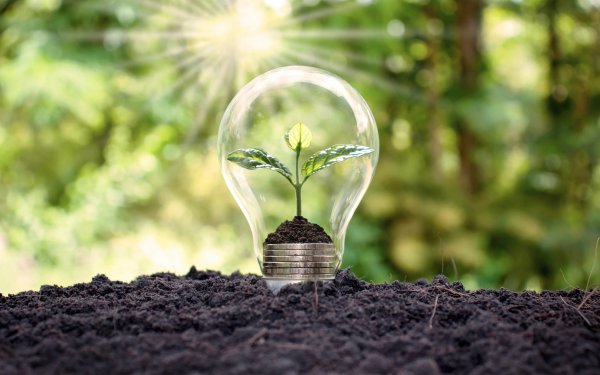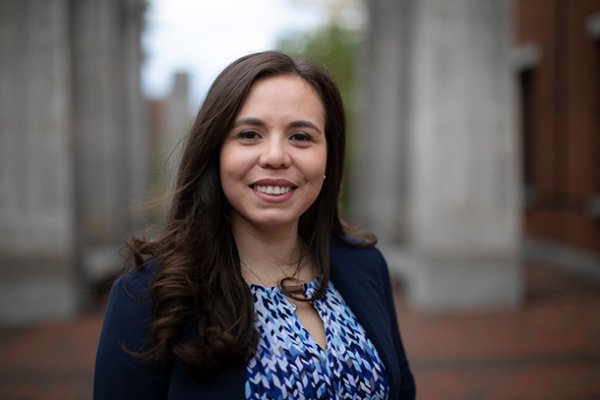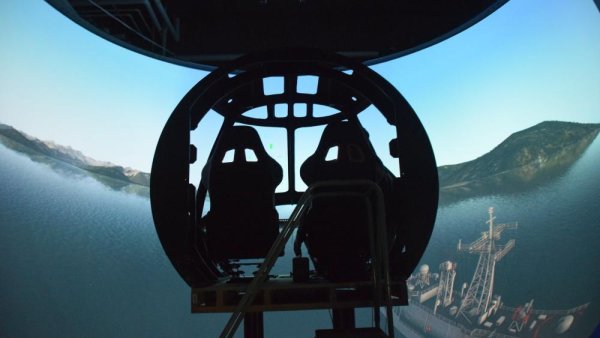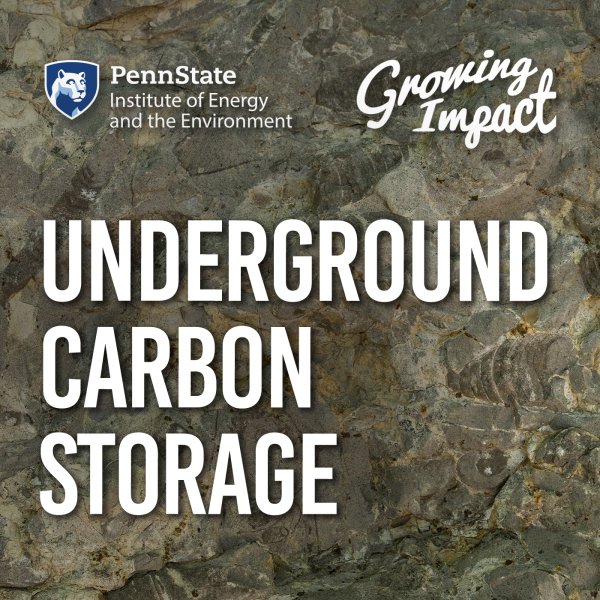Undergraduate Research Ambassadors now accepting applications
| news.psu.edu
Applications are now being accepted to the Undergraduate Research Ambassadors program, which works to promote undergraduate research at all campuses and within all academic disciplines at Penn State.
Where extreme weather is getting even worse, in one map
| vox.com
IPCC’s new interactive atlas reveals how climate change will shape weather around the world.
Fire and forest scientists write letter voicing concerns over new U.S. Forest Service directives
| news.unm.edu
Forty scientists wrote a letter to the U.S. Forest Service, including IEE associate director Erica Smithwick and EESI interim director Alan Taylor, addressing the need for fire in our ecosystems and for local managers to have flexibility to make decisions.
Research Professor Timothy White elected Fellow of Geological Society of America
| news.psu.edu
Timothy S. White, research professor in Penn State’s Earth and Environmental Systems Institute, was elected a Fellow of the Geological Society of America.
Five key excerpts from the United Nations' climate change report
| washingtonpost.com
At nearly 4,000 pages, the report from the IPCC is massive. These five lines highlight their findings.
University Park Student Fee Board approves new $250k Sustainability Fund
| news.psu.edu
The University Park Student Fee Board has unanimously approved a new yearly $250,000 Environmental Sustainability Fund that will take effect in the 2021-22 academic year. The fund will enable offices and organizations at University Park to apply for funding for projects that both promote on-campus sustainability efforts and positively impact the student experience.
Building DREAMs: Smart structures expert joins Engineering Design
| news.psu.edu
On July 1, Mariantonieta Gutierrez Soto joined Penn State’s Engineering Design program, an interdisciplinary education and research program housed within the School of Engineering Design, Technology, and Professional Programs, as an assistant professor.
Community forestry workshop offered in webinar series by Penn State Extension
| news.psu.edu
Penn State Extension is offering a Community Forestry Institute workshop in a series of web-based seminars intended for the members of municipal shade tree commissions, municipal staff, arborists and foresters, community tree advocates, and volunteers.
Land-use webinar to focus on making riparian buffers work in your community
| news.psu.edu
Making riparian buffers work for your community is the topic of a web-based seminar offered by Penn State Extension.
The past, present, and future of Eastern California
| by Adam Benfield
How can an ecologist, hydrologist, or climate scientist predict the future? Not an easy task, but understanding the past – specifically, the recent geological past – can help tremendously. Geological perspectives on the ecology (plants, animals, wildfires) and climate (rainfall, temperature, etc) of vulnerable regions are vital to predicting the impacts of global warming on ecosystems around the world.
Penn State Vertical Lift Research Center of Excellence renewed for sixth time
| psu.edu
The Penn State Vertical Lift Research Center of Excellence (VLRCOE) was renewed for another five years through a cooperative agreement with the U.S. Army, U.S. Navy and NASA. In its 25th year as one of three such centers in the United States, VLRCOE received about $7.5 million to investigate 10 new tasks related to vertical lift technology and related educational activities over the next five years.
Printing circuits on irregular surfaces with pulses of light
| news.psu.edu
Printable electronics could cause a proliferation of smart, connected devices, from household appliances that can communicate with each other to medical diagnostic sensors that can be placed on the body to forgo invasive procedures. Led by Penn State, an international team of researchers developed a low-cost, low-heat transfer technique that can print biodegradable electronics on a variety of complex geometries and, potentially, human skin.

